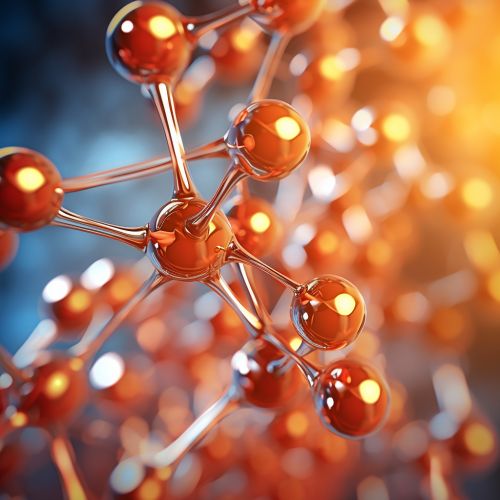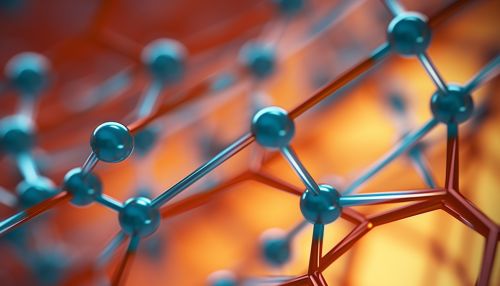Sterols
Introduction
Sterols, also known as steroid alcohols, are a subgroup of the steroids and an important class of organic molecules. They occur naturally in plants, animals, and fungi, with the most familiar type of animal sterol being cholesterol. Sterols of plants are called phytosterols and sterols of fungi are called mycosterols.
Structure and Classification
Sterols are a type of cyclic organic compound. They are a subgroup of steroids with a hydroxyl group at the 3-position of the A-ring. They are amphipathic lipids synthesized from acetyl-coenzyme A via the HMG-CoA reductase pathway. The overall molecule is quite flat. The hydroxyl group on the molecule polar head is orientated in the direction opposite the stretching of the molecule. Cholesterol forms crystal structures of considerable complexity, incorporating water molecules.


Biosynthesis
Sterols are synthesized via an enzymatic process that begins with the mevalonate pathway and ends with the production of the sterol molecule. The process involves multiple steps, with each step facilitated by a specific enzyme. The biosynthesis of sterols involves the formation of isoprene units from acetyl-CoA, the polymerization of these units to form squalene, and the conversion of squalene to lanosterol, which is then transformed into a sterol.
Functions
Sterols perform a variety of functions in the cells of the organisms in which they are found. In animals, cholesterol is a key component of the cell membrane, contributing to its fluidity and integrity. In plants, phytosterols also contribute to membrane fluidity and serve additional functions in growth and development. In fungi, ergosterol is essential for building and maintaining the cytoplasmic membrane and for the synthesis of Vitamin D.
Health Implications
The role of sterols in human health is complex. Cholesterol, for example, is essential for the body's synthesis of the steroid hormones, for bile acid production and for the building of cell membranes and the lipid bilayer. However, high levels of cholesterol, particularly low-density lipoprotein (LDL) cholesterol, have been associated with an increased risk of heart disease. Phytosterols, on the other hand, have been found to lower LDL cholesterol levels and are often added to foods for this purpose.
